Ghostwire Tokyo Review: "Loved Every Twist And Turn"
Ghostwire Tokyo is a brand new game from Tango Softworks, branching out from their survival horror roots into an open-world action game. How has this new venture fared? Let's take a look.
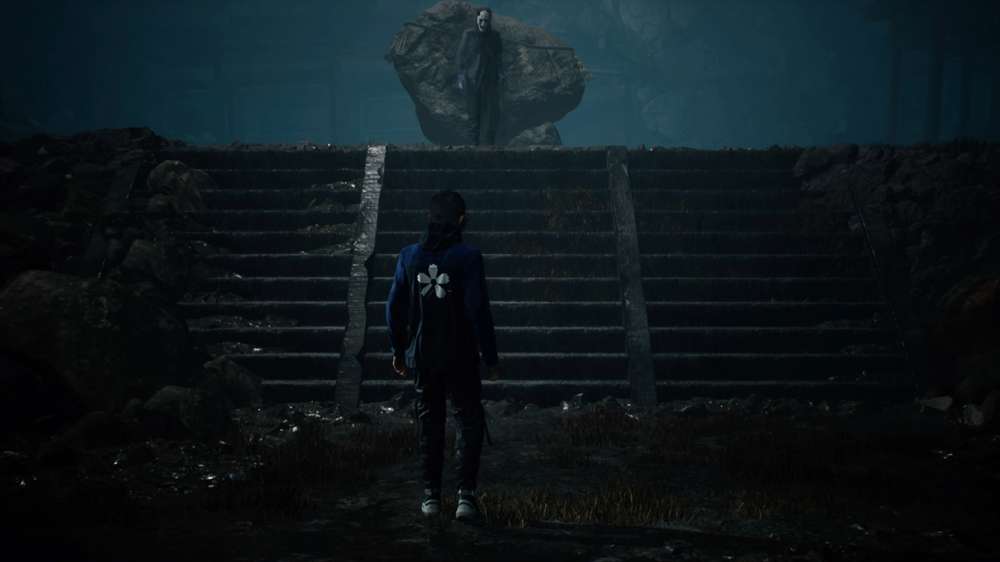
Horror games aren't for everyone. If you don’t love the thrill of being scared, then the horror genre just might not be for you. While I am one of those people, it doesn't stop me from loving the aesthetic of horror games, from spooky atmospheres to creepy monsters. If there has ever been a game that understands that vibe and channels into that affinity for eeriness, it is Ghostwire Tokyo, which comes with some seriously impressive horror alumni attached to the title.
The Fog Rolls In
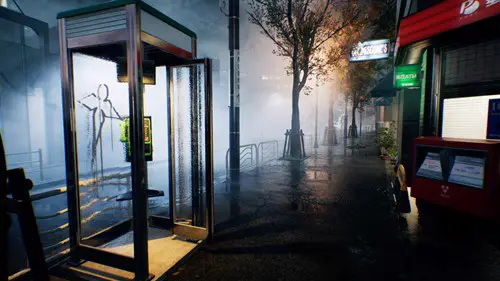
Ghostwire Tokyo is a brand new story from the fine folks of Tango Softworks, best known as the studio behind the Evil Within series, set up by legendary Resident Evil director Shinji Mikami. It entered development as Evil Within 3 but eventually broke off into its own thing, which led to Tango Softworks doing something they had never done before: making a non-survival horror game.
This new direction for the studio puts action, exploration, and plot ahead of scares and suspense. You play as Akito, a young man from Tokyo who, while on his way to the hospital to see his sister, suffers a near-fatal motorcycle accident. Coincidentally, just as this happens, a group of spiritual extremists who believe all spirits should be liberated from their fleshy prisons swoop into Tokyo with an evil fog that separates the population’s bodies from their souls. Hate it when that happens.
Akito just about survives this situation, thanks to a spirit called K.K who possesses him. K-Squared here is a paranormal investigator of some kind, like a secret agent crossed with a Ghostbuster. K.K., like Akito, has a natural affinity for the spooky and grants Akito magical powers. These powers become essential as Tokyo is quickly overrun by Visitors: malevolent spirits that are anger, sadness and other negative emotions made manifest. Together, Akito and his ghost cop buddy set off to stop these post-life terrorists and save the souls of Shibuya, Tokyo.
Magical Warfare
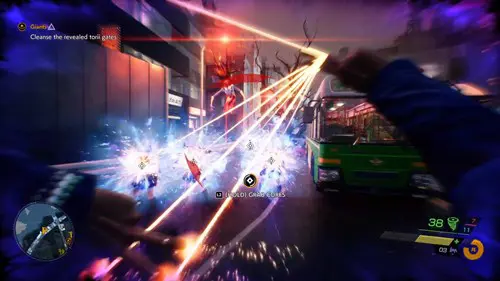
Ghostwire Tokyo plays from a first-person perspective, but it isn’t a full-on first-person shooter. Yes, you shoot magic at bad guys, but the focus is not on accuracy. Instead, Ghostwire plays more like an action game, where movement and positioning is the key. Most enemies are melee-focused and will swarm you to attack, so you need to keep your distance, block and dodge attacks, then take down enemies with your wind, water, or fire attacks. Wind is your rapid-fire attack, water can hit multiple enemies at once, and fire is the most powerful but with very limited ammo.
Your one conventional(ish) weapon is a bow, which is best used as a stealth weapon, which is a viable option in most scenarios, and that applies to stealth melee takedowns from behind too. Talismans are essentially perks, which have stealth options like the Thicket Talisman which creates a bush to hide in, or a Decoy Talisman to distract visitors. On the other side of the coin, offensive talismans can stun enemies or make it easier to expose their cores and destroy them.
This all adds up to a combat system that isn’t the deepest, but is still a lot of fun. Variety comes more from the numerous types of enemies you will face, rather than unlocking new magical abilities. Despite not learning a myriad of new powers, using the limited selection remains satisfying throughout, in large part thanks to the great use of the haptic features in the DualSense. Firing off your magical attacks and ripping the cores out with your wire has incredible physical feedback, as does the pitter-patter of raindrops on the Tokyo streets as you explore. It all adds up to be perhaps the best use of the PS5 controller since the console launched.
My Spooky Tokyo Holiday

Another first for Tango Softworks was designing an open world, because Ghostwire Tokyo gives the player a sizeable chunk of the Shibuya district of Tokyo to freely explore. Prior to launch, the developers often mentioned their focus on creating an authentic, detailed recreation of their home city and while I can't comment on how faithful this rendition is as I've never been to Tokyo and I doubt it's normally full of evil spirits that look like headless schoolchildren, but it certainly feels like a true-to-life space and is wonderful to explore.
It would be remiss to not mention the Yakuza series here, as this is an aspect of those games that is also famously excellent. For fans of that series, who enjoy exploring Kamurocho and the other amazing places those games go to, that is a quality Ghostwire Tokyo shares. This game gives even more freedom to explore, as Akito is sprier than Kiryu ever was. While you can explore the ground level and take in all the stores, shrines, and architecture from the street, you can also take to the rooftops. Akito’s magical powers grant him more than just offensive capabilities, as he can run and jump higher, fall from any distance without harm, and even glide through the air. The Wire can be used to grapple to higher heights, with the help of a friendly Tengu.
For The Folklore Fans
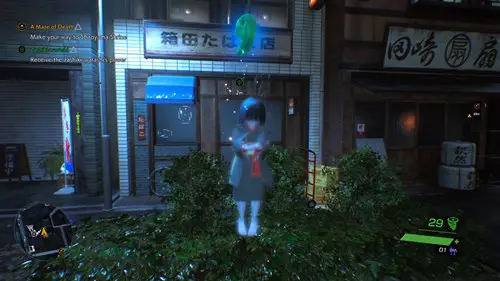
Speaking of Tengu, Ghostwire Tokyo is steeped in Japanese tradition. The paranormal happenings extend beyond just lost souls and malicious Visitors. There are spirits all across Shibuya who need help in the form of secondary missions to fill out the open world and make it feel more like a place where, until a few hours ago, many people lived. Many of the spirits need assistance passing on, and sometimes they need help with a Yokai. These are spirits, a part of Japanese folklore, that range in appearance and intent. You have the Tengu, as mentioned before, who passively float around the city and help Akito reach new heights. Then you have the cucumber-obsessed Kappa who like to trick people, or the Zashiki-Warashi, who appear like creepy little girls but are actually benevolent spirits who bring good luck.
This all adds up to a game by Japanese developers that exemplifies both Japan’s present and its past. There are much more qualified people than me to tell you if they get this right, so all I can tell you is it adds up to a fun and engaging world to play in. Tango’s reverence for their history and mythology is clear, and I can only hope their next game is Ghostwire Dublin, so I can fight some Banshees, hang out with the fairies, and turn into a swan. Instead of a bow, you could use a hurley like Cú Chulainn. Honestly, the sequel makes itself.
Fighting Fears And Holding Back Tears
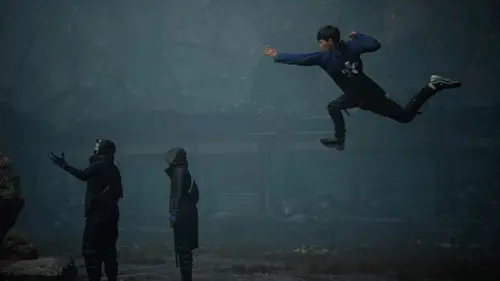
Tango Softworks’ horror chops are not completely left out of Ghostwire Tokyo. This game has its spookier moments, particularly with the shifting rooms and spaces you encounter in haunted spaces, very reminiscent of the Evil Within games. That said, horror is not the focus here, the enemies are intimidating but absolutely conquerable. This really adds to the sense of power and the feeling of overcoming adversity, because you really get a lot out of defeating waves of monstrous Visitors and feeling like a champion.
There is a surprising amount of levity to the game too. Akito is not a terrified horror protagonist, but someone who finds confidence in his new abilities and strength from his determination to find his sister. K.K. often feels lifted directly from a neo-noir detective story. He is your typical gruff, cynical, sarcastic type, and contrasts strongly against Akito’s sincerity and drive. They get along well despite their differences, and with plenty of dialogue between the two, you really get to know and like these characters. What starts out as a begrudging alliance becomes a genuine partnership and gives this story a lot of heart.
More, Please!
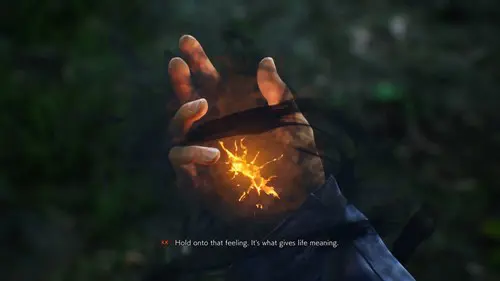
Ghostwire Tokyo is a bit of a surprising game. The freaky enemies and cool magical powers were expected, but I did not expect to be so engaged by the story and the characters, nor did I expect to be running and jumping across the rooftops of Tokyo in a beautiful rendering of the city. I certainly didn’t expect to smile and laugh as much as I did. Don’t get me wrong, this game is tense and the stress often had me on the edge of my seat, but it struck such a beautiful balance that I loved every twist and turn.
4.5/5
Reviewed on PS5. Code provided by the publisher.
Comments

